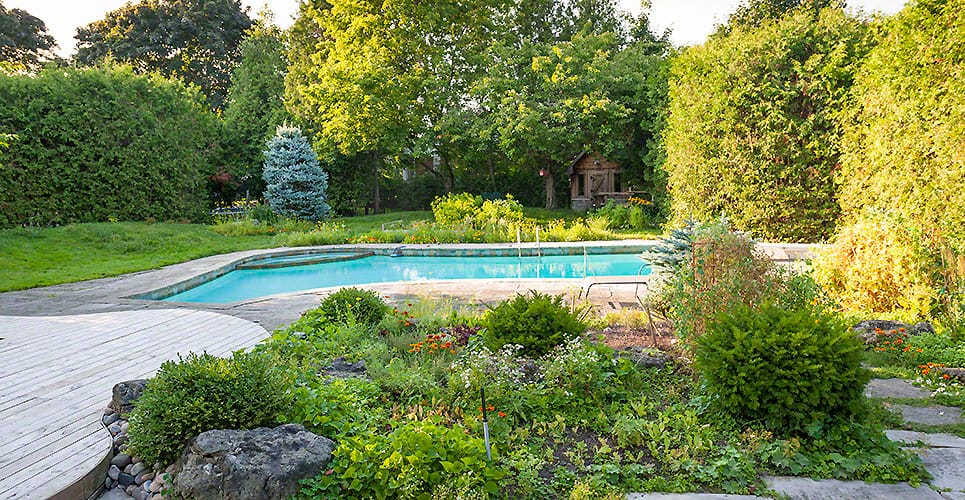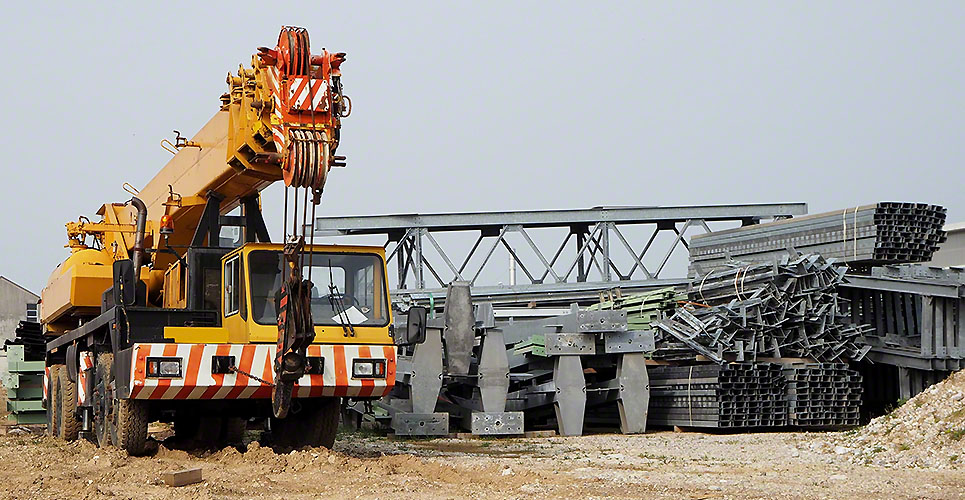The short answer is yes, there are certain trees that can grow back from the stump as told by tree cutting services. The long answer is it depends on a lot of factors, and there are certain factors you should take into account when cutting a tree to ensure that does not happen. Let us take a look.
Understanding How A Tree Is Able to Regrow from The Stump
The primary function of roots in a tree’s digestive system is to store nutrients and water that it gets from the leaves and the ground, and in the event that all the leaves of the tree in question gets removed, it may have enough food stored to keep the metabolization process ongoing and regrow a sprout from the leftover stump region. If that sprout is able to produce sufficient leaves, the tree will grow back to a full-grown tree in due time.
Getting Rid of Any Sprouts Will Help Avoid Regrowth
If you have recently chopped down a tree but left the stump as it is, make sure to check back on it on a frequent basis and there is a good chance sprouts may pop out from it, and unless you want the tree to grow back, you don’t want these tiny little suckers as they are called. You can either remove them by hand, in which case, make sure to cut them as deep as you can, or use a chemical that kills them, roots and all. Read more about this in the next section.
Killing the Roots
Using a chemical that poisons the roots is a more permanent way of getting rid of sprouts that may regrow from the leftover tree stump. Simply apply them to the leaves to be absorbed, and the root will suck the poison, eventually spreading it throughout the whole vegetation.
Within a year, you will start seeing results as the chemical works its magic. This will literally take care of the problem at the root, killing it so that there is no risk of the plantation ever rearing its head out of the soil again.
If you don’t have any sprouts yet, but want to make sure that there is no chance of regrowth after you have just cut down a tree, simply paint the herbicide chemical onto the surface of the stump while it is still soft and moist. The poison will once again seep into the roots and take care of the problem once and for all.
As for what type of herbicide is suitable for such a purpose, make sure that the product you choose contains a good percentage of triclopyr-amine or glyphosate. An alternative to this chemical substituent is triclopyr-amine, which is even more effective in getting rid of tree roots and unwanted vegetation.
Application Is easy. Simply cover the leaves of the sprout with the chemical or use a standard paintbrush to thoroughly douse the stump with the herbicide. Be very careful, however, that the poison does not go into your eyes or come in contact with your skin. Always wear goggles and protective clothing when working with strong herbicides. Make sure to dispose of the paintbrush properly once you are done.
In Conclusion
So, there you have it. Now you know why, even after cutting down a tree, there still remains the risk of it growing back and what are all the steps you should take in order to prevent that.
One of the best ways to ensure safe tree felling with the guarantee that the stump won’t regrow and your investment won’t be in vain is to seek the services of an arborist. These professionals are equipped with the right training, experience and, probably the most important thing, the proper tree removal tools and equipment to carry out the job efficiently the first time, and ensure lasting results.
However, when looking for such a company, you must keep in mind that not all arborist services Montgomery County are created equal. Tree felling is a big and costly project with a lot at stake, and therefore, thorough research into the company and their quality of service is required before you sign any contract to let them in on your lawn. Choose the wrong company and you end up paying through the teeth.


